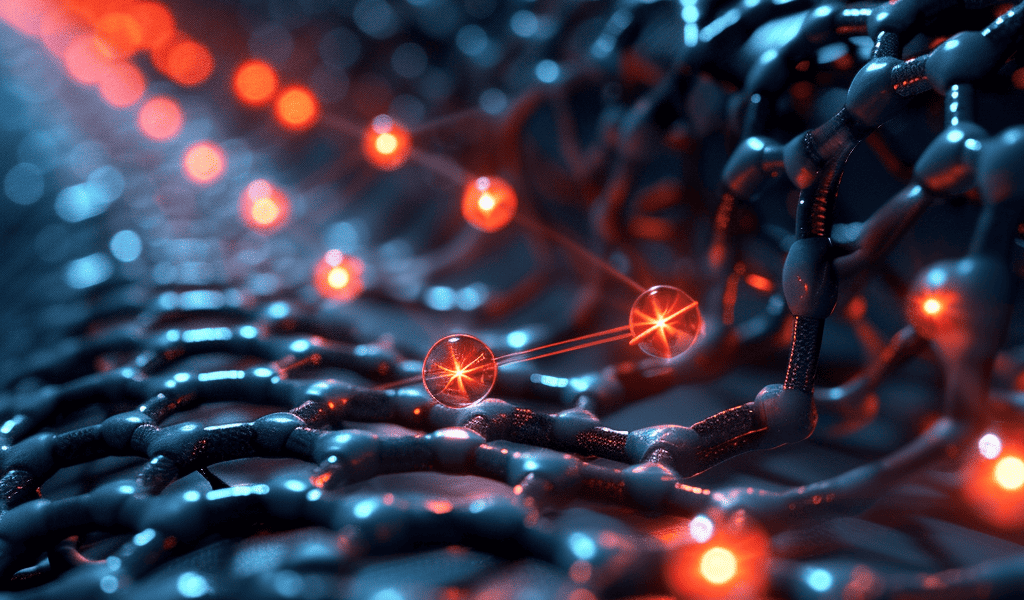Physicists at the University of Nottingham have made a groundbreaking discovery using advanced transmission electron microscopy (TEM) methods. They have successfully trapped atoms of krypton inside a carbon nanotube to form a one-dimensional gas.
The study, led by Cardillo-Zallo et al., reports on a nanoscale system consisting of endohedral fullerenes encapsulated within single-walled carbon nanotubes. This system is capable of delivering and releasing krypton atoms on-demand, via coalescence of host fullerene cages under the action of the electron beam (in situ) or heat (ex situ).
Atoms have been a subject of study for scientists due to their significance as the basic units of the Universe. Their movement impacts fundamental phenomena such as temperature, pressure, fluid flow, and chemical reactions. Traditional spectroscopy methods can analyze the movement of large groups of atoms and use averaged data to explain phenomena at the atomic scale. However, these methods do not show what individual atoms are doing at a specific point in time.
The challenge in imaging atoms lies in their small size, ranging from 0.1-0.4 nm, and their high speeds of around 400 m/s in the gas phase, making direct imaging of atoms in action difficult. The creation of continuous visual representations of atoms in real-time remains a significant scientific challenge.
Professor Andrei Khlobystov from the University of Nottingham explained, ‘Carbon nanotubes enable us to entrap atoms and accurately position and study them at the single-atom level in real-time. For instance, we successfully trapped noble gas krypton (Kr) atoms in our study.’
Professor Ute Kaiser from the University of Ulm added, ‘Because krypton has a high atomic number, it is easier to observe in a TEM than lighter elements. This allowed us to track the positions of krypton atoms as moving dots. We used our state-of-the-art SALVE TEM, which corrects chromatic and spherical aberrations, to observe the process of krypton atoms joining together to form krypton pairs.’





